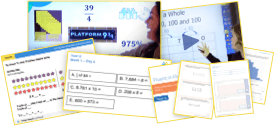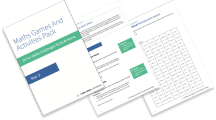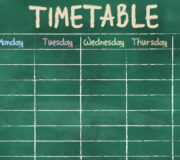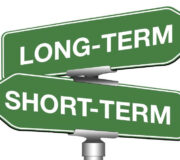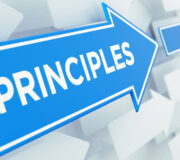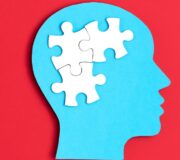Dyscalculia In Schools: A Guide To Identifying And Supporting Pupils With ‘Maths Dyslexia’
Dyscalculia can make learning maths at primary school particularly difficult. However, both teachers and parents can support children with math dyslexia. Discover various strategies to support specific math skills such as problem solving, times tables, number facts, and telling time, as well as word problems.
What is dyscalculia?
Dyscalculia is a specific learning difficulty in mathematics that affects around 5% of the population. It is better thought of as difficulty with arithmetic skills and numeracy, rather than math difficulties as a whole. People with dyscalculia may have no difficulty with mathematical concepts such as shape or geometry.
Put simply, dyscalculic people have no clear understanding of quantity. They lack number sense, which means that they have a hard time comprehending our number system and how numbers relate to each other. This affects school learning as well as everyday life and day-to-day task like paying for shopping, for example. It can also lead to maths anxiety where people with dyscalculia worry about having to deal with numbers.
What is Developmental dyscalculia?
‘Developmental dyscalculia’ is slightly different to dyscalculia. The key difference is the cause of dyscalculia.
Developmental dyscalculia is present from birth and is a life-long condition that is unrelated to IQ. It can affect brain development during childhood. In comparison ‘acquired dyscalculia’ has possible causes like a brain injury. So
Dyscalculia is a recognised medical condition
Regardless of the cause of dyscalculia, it is recognised as a medical condition.
Although there is much less neuroscience research surrounding the prevalence of dyscalculia, compared to other learning disorders (such as dyslexia), it is legally recognised as a specific learning disability. The Diagnostic and Statistical Manual of mental disorders (DSM-5) defines Dyscalculia as a specific learning disorder with an impediment in mathematics.
This means that schools have an obligation to identify learners with dyscalculia and to put in place reasonable adjustments to ensure that these children have the same opportunities as every other child in the class.
Children may be given extra time in tests or exams, or they may have individual or small group learning support. All staff should be aware of the difficulties that dyscalculic learners experience so that they can adjust their teaching to meet the needs of these children.
Signs of Dyscalculia
The indicators, manifestations or symptoms of dyscalculia can be thought of in terms of four different areas of learning:
- Core number
- Reasoning
- Memory
- Visual spatial
Core number
This particular sub type of dyscalculia will lead to difficulties with:
- Basic number sense
- Estimating and rounding
- Appreciating numerical quantity
- Working with mathematical symbols
- Place value
- Placing numbers on a number line
Basic number sense
Number sense is our ability to be flexible with numeracy and to understand how numbers relate to each other. Learners with a poor sense of numbers rely on rote learning and applying procedures. They rarely use reasoning and generalising as a means to tackle mathematical tasks and mental math tasks. For example, a child with good number sense would see 29 + 30 + 31 as 3 x 30, as this is a quicker way of working out the answer. A child with poor number sense would not see the relationship between these numbers and would probably follow the standard procedure of column addition.
Estimating and rounding
Many learners with maths impairments are reluctant to find an estimate before calculating an answer, but most will have some idea of the expected magnitude of the answer. Those with core number deficit will literally have no idea what the answer should be, so will accept any answer that they get, however implausible it might be.
Appreciating numerical quantity
As well as having difficulty in estimating, these learners will also find it hard to assess numerical quantity. Learners with dyscalculia have difficulty in matching the numerical symbol to the numerical quantity. They also have difficulty in comparing numerical quantity. For example, understanding that 370 is ten times as large as 37 and ten times smaller than 3700. In severe cases, they may find it hard to understand even basic comparisons, such as 8 being more than 6.
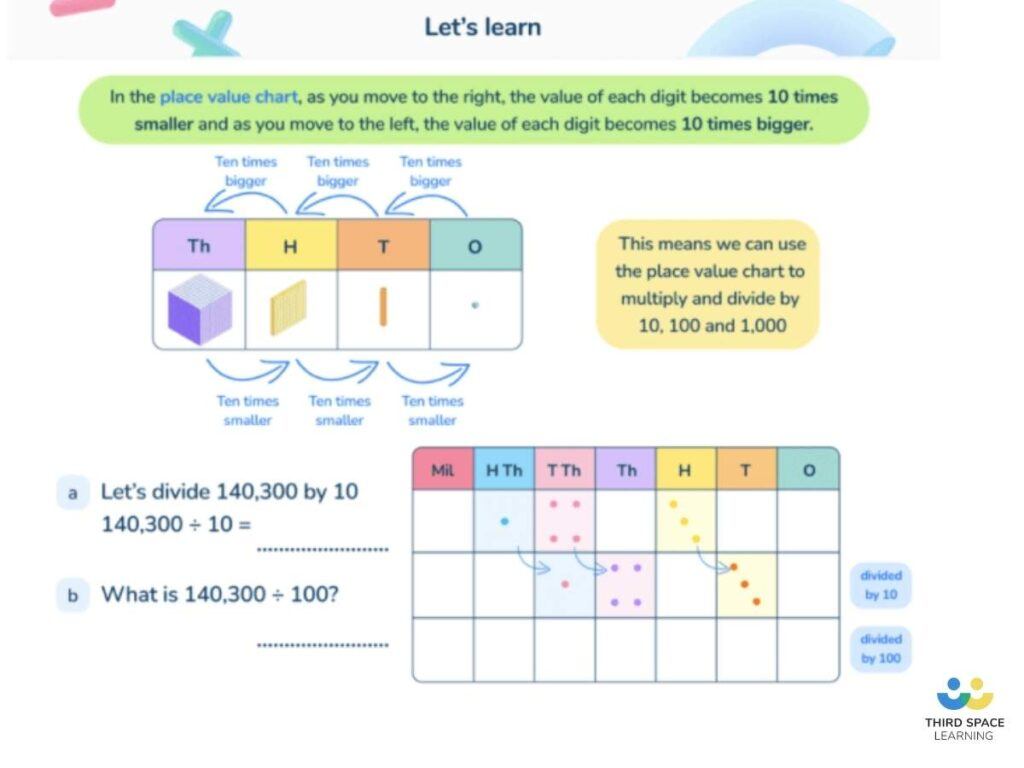
Working with mathematical symbols
The symbols that we use in maths are an arbitrary shorthand, to help us when we are recording mathematical ideas. Often, learners with core numeracy difficulties find it very hard to understand and use mathematical symbols.
Place value
Place value is an abstract concept and one that many learners struggle with. For example, going through a stage of writing 1002 for 102 (one hundred and two). However, for learners with dyscalculia, place value can be a concept that they struggle with year on year.
Read more: Best Place Value Grid Ever
Placing numbers on a number line
Another difficulty these learners have is with placing numbers on a number line. This stems from the children not having an appreciation of how numbers relate to each other.
KS2 Maths Games & Activities Pack
Support your dyscalculic pupils with games that reinforce mathematical concepts to keep up motivation!
Download Free Now!Reasoning
This particular sub type of dyscalculia will lead to difficulties with:
- Understanding mathematical concepts and relationships
- Generalising and transferring information
- Understanding multiple steps in complex procedures/algorithms
- Problem-solving and decision making
Understanding mathematical concepts and relationships
For many learners with difficulty in this area, maths is all about remembering procedures, times tables and number bonds. They have very little understanding of the patterns and connections in maths. For example, understanding the repeated addition and area models of multiplication or appreciating that we can use subtraction to check addition calculations.
Read more: Times Tables Games
Generalising and transferring information
Being able to make connections in maths can make life much easier as learners can use what they already know to work out something new. For example, if you know that 4 + 5 = 9 then you can generalise this information to help work out 40 + 50, or 4 + 4 etc. Learners with poor mathematical reasoning will not see these connections and will treat each calculation as completely new and discrete from anything they have met before.
Understanding multiple steps in complex procedures/algorithms
Learners with poor reasoning skills invariably have to rely on their memory when tackling maths problems. Some procedures in maths can be complex, involving multiple steps, and if you are relying solely on memory rather than understanding, it can be very easy to make mistakes and miss out steps.
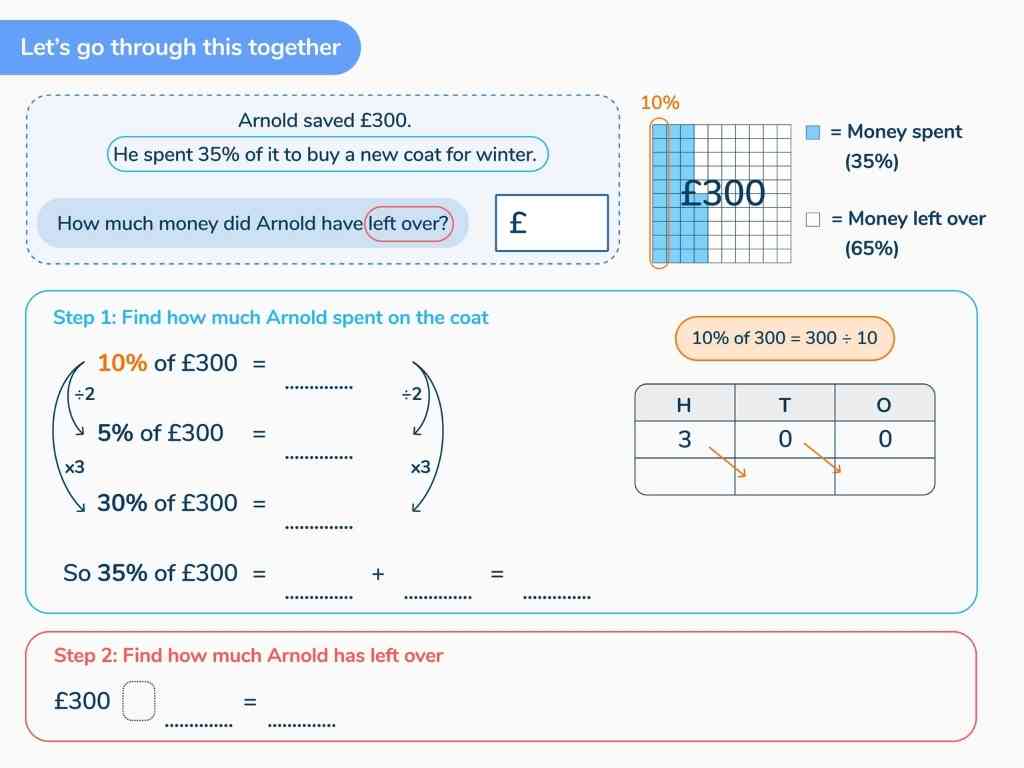
Problem solving and decision making
Learners with poor reasoning skills will find it hard to solve problems in different ways and will tend to use the same method every time. This can be a very inefficient way of approaching maths problems and effectively means that they are doing a harder version of maths.
For example, 2000 x 0.25 is much easier to calculate if you think of 0.25 as being one quarter, and then you can just divide 2000 by 4.
Memory
This particular sub type of dyscalculia will lead to difficulties with:
- Remembering and recalling numerical facts
- Understanding and recalling mathematical terminology
- Understanding word problems
- Performing mental calculations accurately
- Keeping track of the steps in problem-solving
Remembering and recalling numerical facts
For example, recall of number bonds to ten or times tables. Without understanding how numbers relate to each other, all we can rely on is our memory to help us to remember these facts. For some learners, their short term, working and long term memory can be compromised and this can lead to difficulties in maths – particularly in mental calculations.
Understanding and recalling mathematical terminology
Many words in maths are technical and not commonly used in daily language, including terms like numerator and denominator. This can make maths inaccessible for many learners. Conversely, there are terms used in maths that also have frequent use in daily language and multiple meanings, and this can be a great cause of confusion. For example, words like ‘table’, ‘product’ and ‘degrees’.
Read more: Primary Maths Dictionary
Understanding word problems
As well as getting to grips with the mathematical language, learners also need to understand how this relates to real life situations and to be able to interpret the maths behind complex word problems. This requires the learner being able to store verbal information in their working memory whilst they access the maths that relates to that information. For learners with poor memory, this can be very challenging.
Performing mental calculations accurately
Mental arithmetic places great demands on the working memory, with pieces of information having to be held whilst we work on something else, and then correctly retrieved and integrated back into the original question.
Keeping track of the steps in problem solving
Again, this will place huge demands on working memory. The learner will need to hold information in mind whilst following the steps of a procedure, and also make sure that the steps are carried out in the correct order.
Visual spatial
This particular sub type of dyscalculia will lead to difficulties with:
- Recognising and understanding symbols
- Interpreting visual representations of mathematical objects
- Interpreting graphs and tables
Recognising and understanding symbols
For example, many learners with dyscalculia confuse x with +. They can also have difficulty understanding commonly used symbols such as ‘=’. Many learners think this sign means ‘the answer is’. We often present equations in a way that perpetuates this misunderstanding, writing 2 + 3 = 5, rather than 5 = 2 + 3. This leads the learner to believe that ‘=’ means ‘the answer is’ rather than ‘equals’.
Interpreting visual representations of mathematical objects
Having poor visual spatial skills will make it hard to recognise the net of a square, or be able to visualise and describe a 3D shape.
Interpreting graphs and tables
Dyscalculic learners with poor visual spatial skills have difficulty reading information from tables or understanding graphs and how to interpret them. They also have difficulty in understanding scales on axes and in measuring.
Does dyscalculia correlate to other learning difficulties?
Dyscalculia rarely occurs in isolation and often co-occurs with other mental health or learning difficulties such as dyslexia, dyspraxia, dysgraphia, ADHD (attention deficit hyperactivity disorder), and auditory processing.
Read more: ADHD in the classroom
How to diagnose dyscalculia
Initially, a screener may be administered to look for a ‘risk factor’ of dyscalculia, and this can inform the decision as to whether to carry out a full diagnostic assessment or not. Assessments and dyscalculia diagnosis will be explored further in the second blog in this series.
Strategies to help with dyscalculia
- As mentioned in the first paragraph of the blog, group or individual learning support can help with dyscalculia, such as the one to one online maths interventions offered by Third Space Learning!
- Use concrete materials, such as Cuisenaire rods, ten frames, two coloured counters and base ten materials.
- Spend time exploring these and don’t take them away too soon; they will help to develop the child’s understanding.
- Play games with dice and dominoes so that the child can recognise common dot patterns; this will help with subitising and seeing the relationship between one number and another.
- Try to encourage the child to use more efficient calculating strategies, such as counting on rather than counting all.
- Encourage the child to visualise the maths by drawing diagrams and using concrete materials to model the maths.
- Make the maths practical and as multisensory as possible; try to avoid worksheets.
- Adopt a little and often approach; repetition and ‘overlearning’ will help.
- Use mathematical language as much as possible and encourage the child to do the same.
- Give multiplication tables and number bonds to reduce the stress of having to remember these facts.
Read more:
- How Every Teacher Should Be Using A Times Table Grid
- What Is The Concrete Pictorial Abstract (CPA) Approach?
- How to Support a Child with Autism in the Classroom
- Autism Maths
- Providing An Accessible Online Learning Environment For Pupils With SEN
Dyscalculia summary
Dyscalculia is not the same as more general difficulties with maths that many children experience, such as difficulty with place value or fractions. It is a specific learning difference affecting our ability to assess numerical quantity, to understand our number system and the relationships and connections in maths.
The main indicators of dyscalculia are:
- An inability to subitise even very small quantities
- Poor number sense
- Magnitude processing difficulty
- Inability to generalise
- Poor memory for facts and procedures
- An inability to estimate whether a numerical answer is reasonable
- Immature strategies (such as counting all instead of counting on)
- Inability to notice patterns
Actionable takeaways for dyscalculia
- Use a wide range of concrete manipulatives in a way that supports visualisation and understanding.
- Don’t be in a hurry to get through masses of content.
- Make sure that the basics are fully embedded.
- Play games that reinforce mathematical concepts to keep up motivation.
- Try to move children on from the counting trap, by developing reasoning and understanding of mathematical relationships.
Looking for fun games and activities to boost pupils’ learning?
We’ve got several articles sharing teacher approved maths activities and fun maths games, including KS2 maths games, KS1 maths games and KS3 maths games for all maths topics and a set of 35 times tables games and multiplication games you’ll want to bookmark whichever year group you teach!
There are numerous signs of dyscalculia, including difficulties with:
• Basic number sense
• Estimating and rounding
• Appreciating numerical quantity
• Working with mathematical symbols
• Place value
• Placing numbers on a number line
• Understanding mathematical concepts and relationships
• Generalising and transferring information
• Understanding multiple steps in complex procedures/algorithms
• Problem-solving and decision making
• Remembering and recalling numerical facts
• Understanding and recalling mathematical terminology
• Understanding word problems
• Performing mental calculations accurately
• Keeping track of the steps in problem-solving
• Recognising and understanding symbols
• Interpreting visual representations of mathematical objects
• Interpreting graphs and tables
Dyscalculia is legally recognised as a learning disability, but there is much less research surrounding dyscalculia compared to other specific learning disorders (such as autism or being dyslexic). This means schools must identify learners with dyscalculia and establish reasonable adjustments to ensure that these children have the same opportunities in the classroom.
Dyscalculia is a life-long condition and can affect everyday life, especially during school. However, educators have a range of strategies for teaching different maths topics to best support dyscalculia. These strategies include using concrete materials, playing games with dice and dominoes, and using mathematical language as much as possible.
DO YOU HAVE STUDENTS WHO NEED MORE SUPPORT IN MATHS?
Every week Third Space Learning’s specialist school tutors support thousands of students across hundreds of schools with weekly online 1 to 1 maths lessons designed to plug gaps and boost progress.
Since 2013 these personalised one to 1 lessons have helped over 150,000 primary and secondary students become more confident, able mathematicians.
Learn how the tutoring integrates with your SEF and Ofsted planning or request a personalised quote for your school to speak to us about your school’s needs and how we can help.
